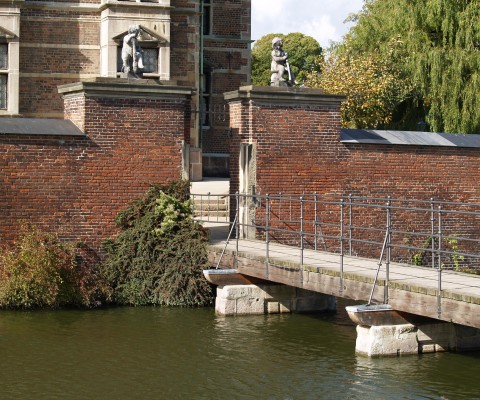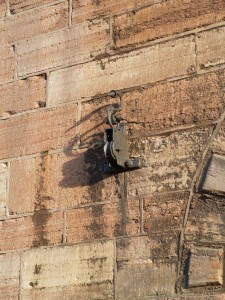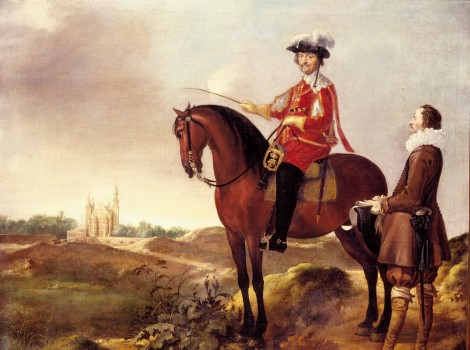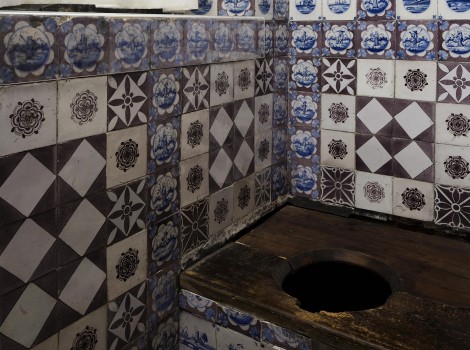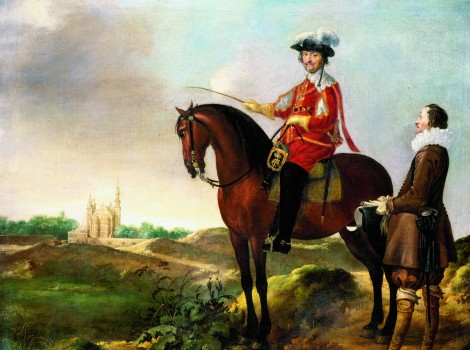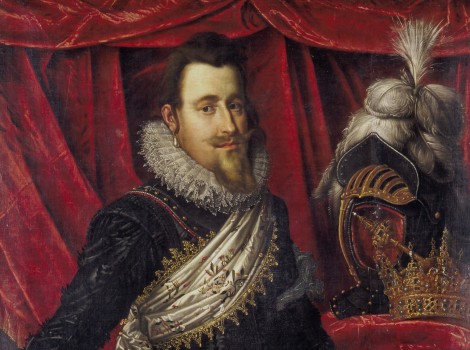The moat
Rosenborg’s moat was dug in 1613, when Christian IV began the construction of his pleasure palace, which would later become Rosenborg. In the 1600s this moat ran all the way around the castle, unlike today. From the gate tower a drawbridge crossed the moat, and the pulleys for the bridge’s chains can still be seen on both sides of the gate. During the reign of Christian VII a partial filling in of the moat was begun, starting towards the north. Parts were, however, reopened in the 1980s.
In the Renaissance it was fashionable to build castles or finer buildings on their own island bastion, which was probably the reason why Rosenborg’s moat was dug. The moat presumably had no function as defence, but was rather practical and aesthetic. The king could impress his guests by opening and closing the drawbridge across the water from his bedchamber, where a winch was installed for the purpose. Furthermore, Christian IV had carp put in the moat, a fish that has been popular to keep as a ‘pet’ since Roman times. Today the descendants of the first carp from Christian IV’s time live on in the moat’s water.
The castle’s toilets as well as the drains of the baths all flowed to an underground canal, which led directly into the moat. In the 1780s the latrines of the Life Guards’ barracks were also directed into the moat, which resulted in a powerful stench from the water. This also led to Frederik VI’s brother-in-law, a history enthusiast, who wished to overnight at Rosenborg, feeling compelled to flee because of the violent smell. It wasn’t until the 1800s that a decision was taken to do something about the problem.
The moat has also been the setting for more violent episodes in the history of The Royal Family. Christian IV’s son-in-law to be, the Steward of the Realm Frants Rantzau, fell into the water after a party and drowned in November 1632. It is said that Christian IV lay on the edge of the moat and tried to save Rantzau. The king almost fell in himself, but was saved by the castle’s head chef. The drowning resulted in Anna Katrine, who was to have married Rantzau, dying of grief.

 Dansk
Dansk
 English
English
 Deutsch
Deutsch

